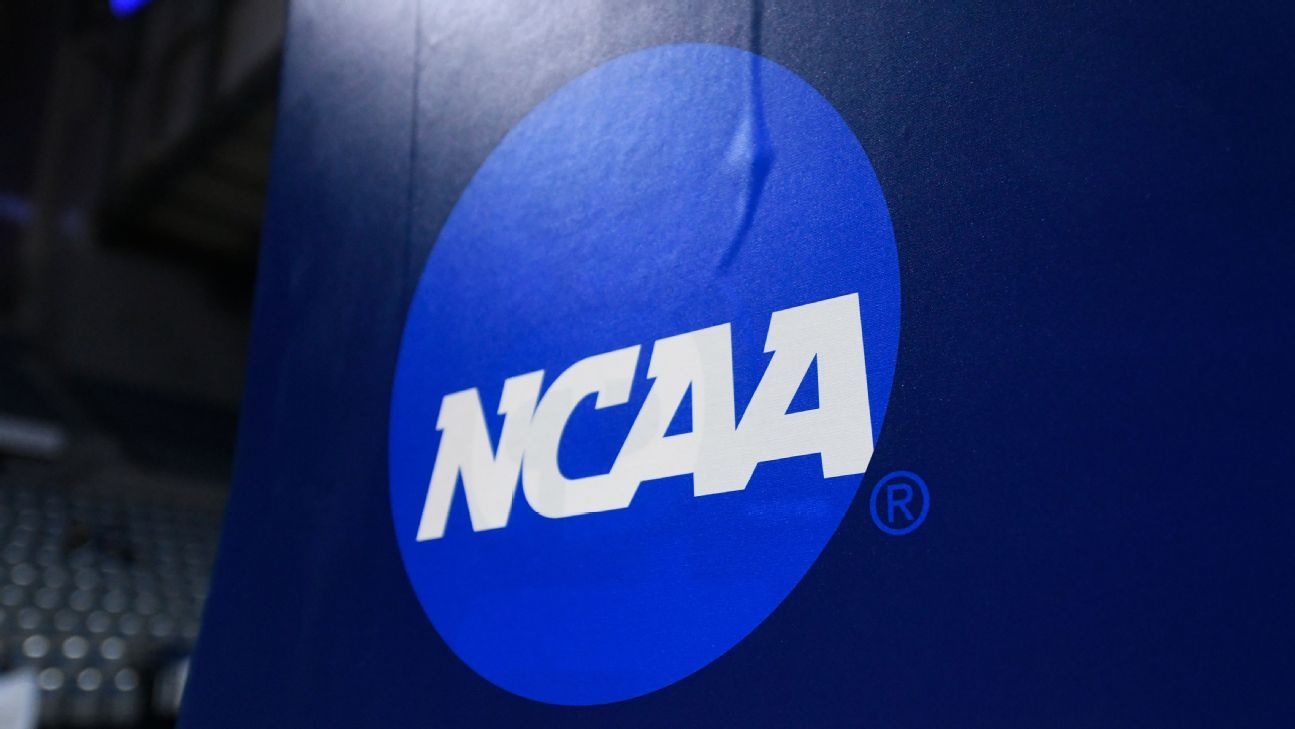A federal judge ordered the attorneys negotiating a major settlement that could reshape the business model of college sports to “go back to the drawing board” to resolve concerns she has about how the deal would limit the ways in which boosters can provide money to athletes.
Judge Claudia Wilken declined to grant preliminary approval to the House v. NCAA antitrust settlement Thursday. She said she was concerned with multiple parts of the terms of the deal. Chief among her worries was a clause that would require any money that boosters provide to athletes to be for a “valid business purpose.”
During the past several years, booster collectives have evolved to provide payments to athletes that on paper are payments for the use of the player’s name, image and likeness but in practice have served as de facto salaries. The settlement terms would make it easier for the NCAA to eliminate those payments.
“What are we going to do with this?” Wilken asked. “I found that taking things away from people is usually not too popular.”
Wilken gave attorneys representing the NCAA and the plaintiff class of Division I athletes three weeks to confer and decide whether they could revise the language or would need to scuttle the pending deal. NCAA lead attorney Rakesh Kilaru told the judge that the revised rules for how collectives operate is “a central part of the deal.”
“Without it, I’m not sure there will be a settlement,” Kilaru said.
Jeffrey Kessler, co-lead attorney for the plaintiffs, told ESPN on Thursday night that he was comfortable with the judge’s suggestion to remove the new language about NIL collectives from the settlement.
“We are perfectly fine with those changes. It’s now up to the NCAA. Hopefully they’ll agree to them,” Kessler said. “If the deal falls apart, we go back to trial. If they want to face that, it’s a decision they have to make.”
The NCAA, its five power conferences and attorneys representing all Division I athletes agreed in May to settle three major antitrust lawsuits that threaten to upend the business model of college sports. The defendants agreed to pay roughly $2.7 billion in damages to current and former athletes. The parties also agreed to a forward-looking system that will allow schools to directly pay athletes via name, image and likeness deals up to a limit, which is expected to be between $20 million and $23 million per school next year and would rise on an annual basis. In exchange, the NCAA would have far more leeway to enforce rules it says are designed to protect a competitive balance among schools and preserve what makes college sports unique.
Kilaru told Judge Wilken that the restrictions placed on booster collectives in the settlement were not significantly different than the association’s current rules, which prohibit boosters paying athletes for performance or for using NIL payments as an inducement to recruit an athlete.
“At any moment that rule could be enforced by the NCAA,” he said.
However, a federal judge in Tennessee granted an injunction earlier this year that prohibits the NCAA from punishing boosters or athletes for negotiating any NIL deal as part of the recruiting process. In that case, the attorneys general of Tennessee and Virginia argued that the NCAA is illegally restricting opportunities for student-athletes by preventing them from negotiating the terms of NIL deals prior to deciding where they want to go to school.
It’s not clear if the Tennessee injunction applied nationwide or just in Tennessee and Viriginia, however the NCAA told its members in a letter after the ruling that it decided “to pause and not begin investigations involving third-party participation in NIL-related activities” while the injunction remains in place. The pause on investigations remains in place at this time, according to the association.
An NCAA spokesperson said the proposed settlement was “the product of hard-fought negotiations that would bring stability and sustainability to college sports” and that the defendants will “carefully consider the court’s questions, which are not uncommon in the context of class action settlements.”
Collectives associated with the most prominent football and basketball programs in the nation currently distribute between $10 million and $20 million per year to their players, according to multiple industry sources. If those operations are significantly reined in by the settlement, players on those teams could potentially make less money through the proposed revenue sharing agreement than they currently make through NIL deals.
Wilken also told the attorneys she was concerned about future college athletes who are not yet members of the class action lawsuit, but would be restricted by the terms of 10-year-long settlement when they begin their college sports career. Kessler said that if future athletes feel that the revenue share agreement is an unfair restriction on their earning potential they would be free to file a new antitrust lawsuit once they begin their college career.
The two parties agreed to discuss possible revisions to the terms during the coming weeks. If the two sides can’t reach an agreement, all three cases that are part of the proposed settlement would proceed toward trial. The House v. NCAA case was scheduled to go to trial in January 2025 prior to the parties announcing a settlement.
College sports leaders, including NCAA president Charlie Baker, have previously championed the pending settlement as a foundational part of solving the industry’s myriad legal problems. NCAA leaders hoped that a settlement that provided new benefits to athletes would help them convince Congress to pass a law that would add more stability to the business of college sports.
